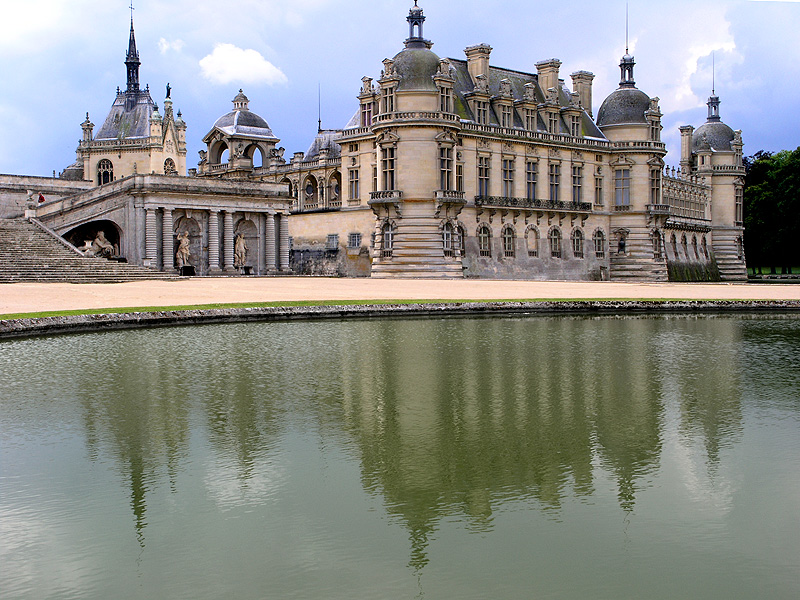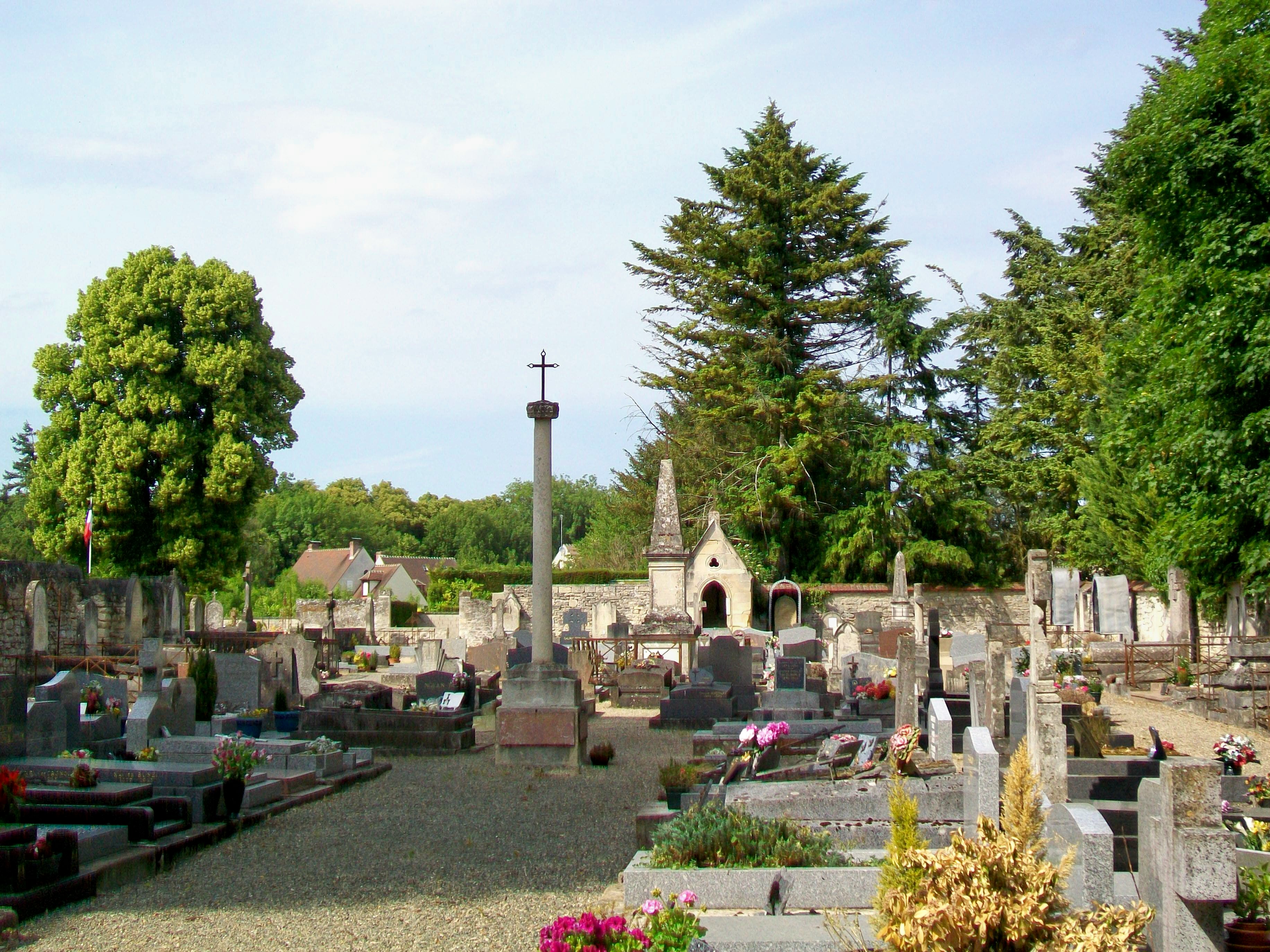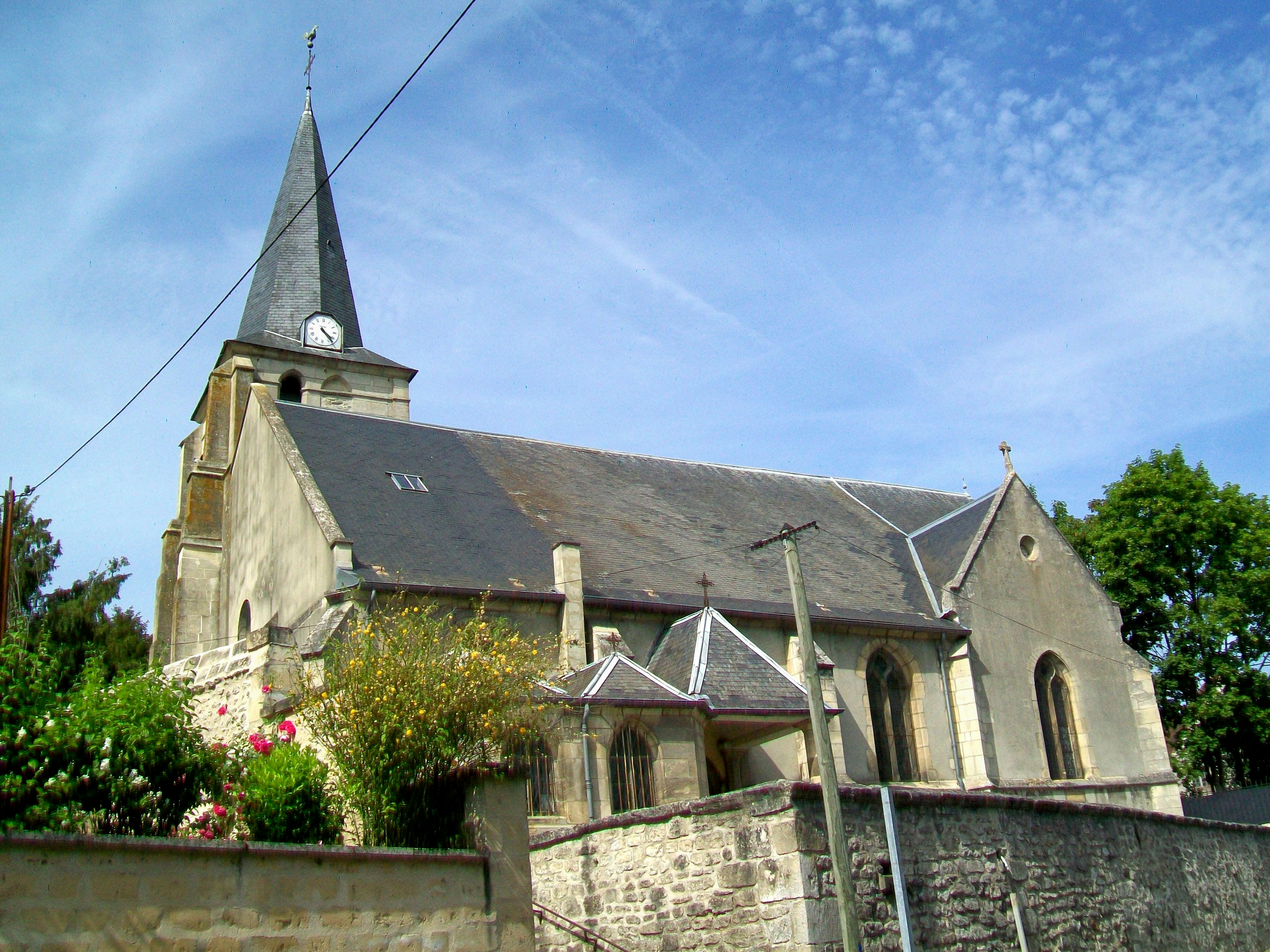Vatel's Burial Site Potentially Located
 |
| A stylized depiction of François Vatel (1631 – April 24, 1671) |
A number of French websites, including the official municipal patrimony website of Vineuil Saint Firmin, have recently announced the discovery of the grave of François Vatel (1631-1671). Vatel was the famous master of food, drink, and entertainments to Prince
Louis de Condé (1621-1686), “The Grand Condé”. Although the Grand Condé maintained a number of residences, Vatel is closely associated with the Château de Chantilly.
 |
| Chantilly. |
 |
| Chantilly from the air. |
| The kitchen at Chantilly. |
“He
was found [stabbed by his own hand]. The servants ran to tell the prince who
immediately fell into despair. The [duke/king] cried out that he had travelled from Burgundy on account of Vatel! The prince told the king, noting that "They say it was from holding too much honour for one person". Though we
praised him endlessly, his courage was to blame. The king reminded the prince
that he resisted visiting Chantilly for five years due to the work such visits caused. He admonished the prince only to maintain two tables from now on … Poor Vatel.
Gourville [the assistant maître de bouche
of the prince] repaired the loss of Vatel: we dined very well, they made snack,
they supped, we walked, we played, went hunting, everything was fragrant
with daffodils, all were delighted.”[1]
The bodies of suicide victims presented special theological challenges at burial. Seen to depend entirely on divine remission of sins, the church saw itself as powerless to offer rites that would have any major spiritual benefit. Often specified sections of cemeteries were reserved for their burial, other times a place was prepared outside a cemetery. No one has ever really been sure what became of Vatel's body, but some have speculated that he was buried quickly and outside of normal circumstances due to the nature of his death and the absence of any related records.
In March, 2013 Gwenaël d'Avray announced that researchers working in the Archives départementales de l’Oise discovered an entry for Vatel's death in the register of the village church at Vineuil-Saint-Firmin, 2 km northeast from Chantilly. The entry was dated April 27, 1671 and was entered by the parish priest of Vineuil-Saint-Firmin. According to d'Avray, the text reads:
"Le 27 avril 1671 a été amené, dans un carrosse de Mgr le
prince de Condé, le corps de M. Vatel, conseiller (mot illisible, mais qui
semble être gouverneur) de la maison dudit prince, pour être inhumé dans le
cimetière sur l’ordre qui m’en est rapporté par messieurs ses officiers qui ont
signé sur le registre pour ma décharge.”
Rough translation:
"On
April 27, 1671, brought in a coach belonging to the Prince of Conde, the body of Mr.
Vatel, Counsellor (illegible) of the household of the said prince, to be interred in the cemetery by orders of the gentlemen of the prince, who also signed my discharge."
The curé's note "by orders of the gentlemen of the prince, who also signed my discharge" seems to imply that the Grand Condé may have intervened personally in matters relating to Vatel's burial. D'Avray's piece claims that sometime since Vatel was buried, the bones in the old graveyard were pushed into a common grave to make way for new burials. If Vatel's remains are here, they now likely rest in a common grave.
Indeed, Jacques Preuvot, overseer of municipal cemeteries in Chantilly and the son of a former estate manager at the château, claims to have identified the place of Vatel's burial to "within two metres", though it is unclear if he is referring to the site of the common grave or some other site. He, too, alleges that the site is located within the churchyard of St. Firmin's.
D'Avray and Preuvot point out that the record and suspected location of the grave both indicate that the original interment was located within consecrated ground; implying that his burial was carried out under normal circumstances. It is certainly possible that Vatel was given a requiem mass within one of the many private chapels that dot the estate and workers' villages at Chantilly, by one of Condé's household chaplains, though no record of the location of the event - if it occurred - has been found. Still, the three-day delay in burying Vatel also speaks to some normalcy surrounding the events of his burial.
There will always be a measure of myth surrounding Vatel's death, but it is comforting to think that the master he had served so well in life intervened to see to it that Vatel was accorded respect in death. In any event, evidence is beginning to indicate that Vatel rests from his labours in a quiet little French village, free from the worry of royal passions and princely palates, remembered by the locals of Vineuil-Saint-Firmin for his mastery of culinary skills, for the glory that he briefly showered upon the House of Condé, and for his untimely end.
Indeed, Jacques Preuvot, overseer of municipal cemeteries in Chantilly and the son of a former estate manager at the château, claims to have identified the place of Vatel's burial to "within two metres", though it is unclear if he is referring to the site of the common grave or some other site. He, too, alleges that the site is located within the churchyard of St. Firmin's.
D'Avray and Preuvot point out that the record and suspected location of the grave both indicate that the original interment was located within consecrated ground; implying that his burial was carried out under normal circumstances. It is certainly possible that Vatel was given a requiem mass within one of the many private chapels that dot the estate and workers' villages at Chantilly, by one of Condé's household chaplains, though no record of the location of the event - if it occurred - has been found. Still, the three-day delay in burying Vatel also speaks to some normalcy surrounding the events of his burial.
There will always be a measure of myth surrounding Vatel's death, but it is comforting to think that the master he had served so well in life intervened to see to it that Vatel was accorded respect in death. In any event, evidence is beginning to indicate that Vatel rests from his labours in a quiet little French village, free from the worry of royal passions and princely palates, remembered by the locals of Vineuil-Saint-Firmin for his mastery of culinary skills, for the glory that he briefly showered upon the House of Condé, and for his untimely end.
 |
| Cemetery of St. Firmin. |
 |
| Interior of St. Firmin's church. |
 |
| Exterior of the church. |
[1] Marie de Rabutin-Chantal, Marquise
de Sévigné, Lettres de Marie de
Rabutin-Chantal Marquise de Sévigné, ed. Baron Silvestre de Sacy, vol. I (Paris: J.
Techener, 1861) 415-416. Available on Google e-books. Loose translation by Ryan
Whibbs.
No comments:
Post a Comment
Note: only a member of this blog may post a comment.